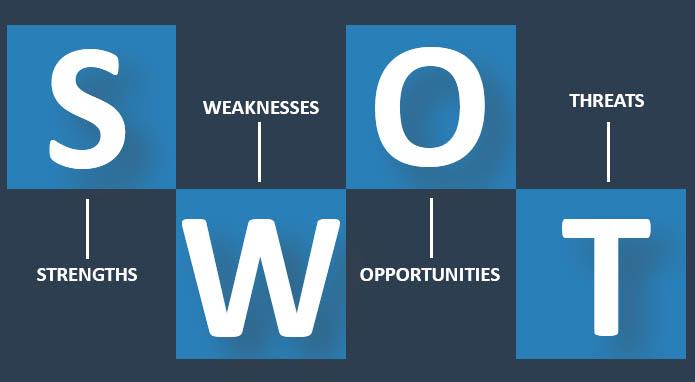
In the process of entering a New Territory or Market, it is essential to rely on information based on experience or market research. The goal of a Sales Territory Plan is to help you understand who your business’ potential customers are, how to capture their attention and identify potential barriers to your approach.
Free Template at the bottom of the page.
In this article, we share with you the Key steps in creating a sales territory plan that will help you plan your entry into a new market (or territory).
Table of Contents
What is a Sales Territory Plan?
A Sales Territory Plan is a document that helps you to organise your commercial strategy in a specific territory with a controlled and measurable approach.
A sales territory plan can be used for any territory scale. It is a document applicable to the city’s subdivisions but also to new markets.
With well-defined goals and strategy, your sales team can more easily focus on their performance..
A Sales Territory Plan should allow you:
- Find out more about your business and its position in the target market
- Define your goals
- Define your approach
- Capitalise on your experience to improve your performance over time.
Establish a Baseline
Describe who your customers are:
In one paragraph, describe who your primary customers are as well as why they are using your products or services.
“Our customers are …”
Identify your Existing ‘Key Accounts’
In the first place, create a list of the major accounts in the targeted territory and outside this territory. This will allow you to identify the key characteristics to target during your sales and marketing actions and will also give you references to use.
Typically, key accounts are accounts that generate significant income for your business or have the potential to generate significant income. Of course, you need to create your own definition of what a key account is for your business.
Below could be an example for an aerospace company.
- In Territory : SAFRAN / Airbus
- In Other Territories : Rolls Royce / Boeing / Bombardier / Airbus
Research your Local Competition
Unless your business has a unique product or service, chances are your target customers are already working with your competitors.
Therefore, you need to know who these companies are, what they offer and identify your points of difference.
Conduct a SWOT Analysis
A SWOT analysis is a business tool which seeks to identify strategic options for a business or project. It allows you to set goals based on internal and external factors.

- Strengths – What are the strengths your business can exploit to maximise market opportunities?
- Weaknesses – What are the weaknesses your business needs to minimise to maximise market opportunities?
- Opportunities – What are the market opportunities for your business?
- Threats – What are the threats that could hinder your progress?
Define your ‘Absolute Differentiator’
As a Business Development Office, Reexia helps companies establish strategies to enter new markets. In our experience, many companies do not necessarily know how they differ from their competitors.
Having an Absolute Differentiator is absolutely crucial to stand out in a new territory.
Why should a Company work with you?
Your differentiator must be relevant and clear if you want to set up an export strategy. If your products or services are not unique, then you need to find the points of difference with your local competitors: price, quality, etc.
Establish your Entry Strategy.
Objectives and milestones
Your entry strategy must be clear, the actions to be implemented must be Measurable and your Goals should be SMART :
- Specific (simple, sensible, significant).
- Measurable (meaningful, motivating).
- Achievable (agreed, attainable).
- Relevant (reasonable, realistic and resourced, results-based).
- Time bound (time-based, time limited, time/cost limited, timely, time-sensitive).
Here is a screenshot of the internal template we use for our Clients:

In order to set your goals, you can use your performance in known territories. You have to take into account a learning curve and a ramp-up time, however.
The first few milestones should allow you to learn about the new territory and validate your Sales stats and initial forecast (Inquiries per 100 emails etc.)
We would suggest planning your milestones at regular intervals for at least 6 to 12 months. In addition, remember that in B2B, entering a new territory takes time and it is common not to have results in terms of turnover for several months (or even a year in certain sectors).
Create a Strategy
Now that you have established your customer segments and your goals, you need to develop your entry strategies. The word ‘strategy’ is a fancy word to simply define how you will organise the different activities to achieve your goals.
Using the information you have gathered:
- How do you generate leads?
- What are the Prospecting activities you are going to implement? (list building, cold calls but also emails etc.)
- What is your marketing approach? (PPC, Social Media or Traditional Mediums)
- What is your budget and what resources are you going to assign?
Analyse your Results and Adjust your Plan
Your Sales Territory Plan is a living document. You should update it based on customers feedback and analysis of your performance.
For example, when you run into objections or discover new competitors, update your plan and adjust your strategy to improve your chances.
Download our Sales Territory Plan Template.
Not enough to get you started? Download our free template here (word) – Download Link
